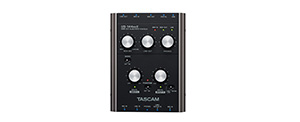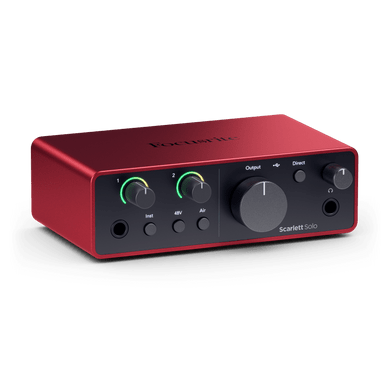Not much effort to do things right.
I'm doing the best I can under the circumstances, and my efforts have been significant. Please understand:
1) I'm disabled and it takes a bit longer for me to accomplish certain tasks;
2) I currently have about $15 in my checking account and my refrigerator is almost empty, therefore I can't just buy better equipment for the experiment, nor have I received any offers from people willing to loan me better equipment;
3) This experiment is being followed by dozens of people on three different forums (Vinyl Engine, Steve Hoffman, and here); we've received
hundreds of suggestions for what we should or should not do, what equipment we should or should not use, etc.; we try to incorporate as many suggestions as we can; if we're unable to incorporate a particular suggestion, there is always a good reason why. That doesn't mean we don't care, or that we're not taking this seriously, or that we aren't trying really hard to do something that will benefit the community.
They could have checked to see if it was the Zoom by using another ADC that was available but chose not to for some strange reason.
The only other device I own that is capable of making digital audio recordings is my 12 year old computer. As soon as I learned of the weird frequency response with the first set of recordings, I immediately offered to do another set of recordings using my computer instead of the Zoom. My computer can only record as high as 16 bits and 48 kHz. I was told that is insufficient.
On a related note, I am planning to do another test recording with a different phono preamp, to see if the U-Turn Pluto is the cause of the frequency response problem. I have an ART DJpre II that I can use (it has a much flatter frequency response than the Pluto, according to the ASR review of both of them), and I'm going to ask a friend if I can borrow his U-Turn Pluto 2, which ASR reviewed favorably and received a "Recommended" rating.
I had also advised them to measure a control cartridge--any cartridge--which could have also helped here and would be useful at the end of the experiment to know if the distortion is related to the cartridge or test record.
I fully support this idea; however, the turntable uses a proprietary headshell and I've been unable to find another one. In order to test a control cartridge, I'd have to dismount the test cartridge, mount the control cartridge, then dismount the control cartridge and remount the test cartridge. I'm very good and very experienced at aligning cartridges, but I can't guarantee that I'd be able to match the original alignment with 100% perfect pinpoint accuracy. It was agreed that this would introduce undesirable variables into the experiment.
We do have a control
stylus that we plan to use with the existing VM95 cartridge, which at least allows us to rule out problems with the test stylus. The stylus can be installed and removed without altering the alignment of the cartridge.



